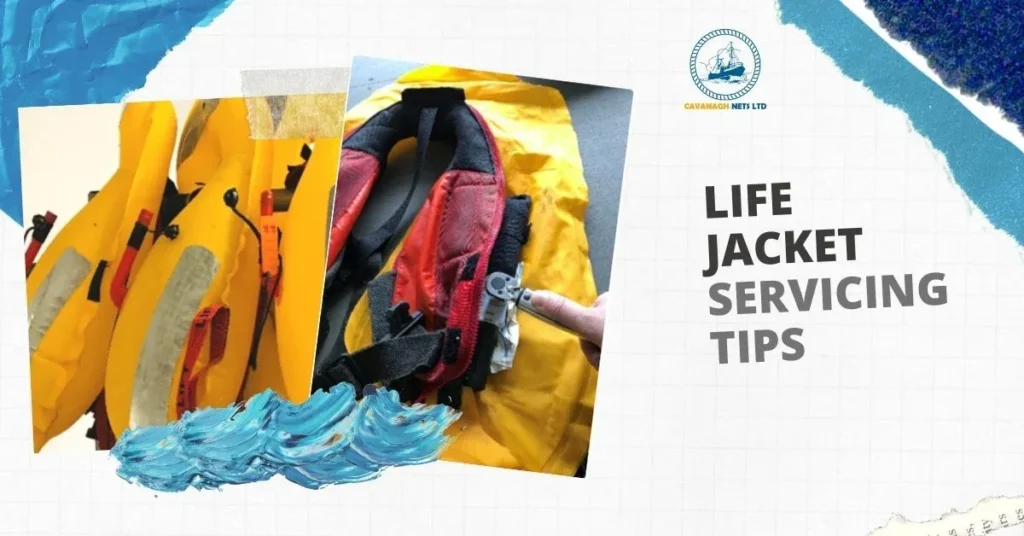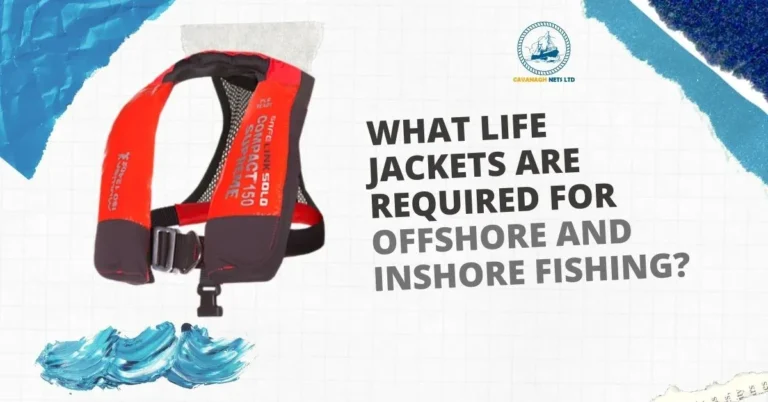TEL: (074) 938-1178 | EMAIL: [email protected]
Life Jacket Servicing Tips

Before you take to the water this summer – have you ever thought about checking your life jacket / PFD?
Although this may be at the back of your mind:
At least every six months, all lifejackets should be inspected to avoid moisture build up inside the jacket. Life jackets should be left inflated for a minimum of 12 hours to ensure they hold their pressure and to see if there are any leaks or damages. This is referred to as the air integrity test. You can also check straps, Velcro enclosures and folded corners for wear and tear and check that the retro- reflective tape is firmly attached to the jacket surface.
If the jacket is fitted with a light, check its operation and that the battery is in date, or replace if necessary.
The life jacket should be re-packed correctly, as per the manufacturer’s folding instructions. When not in use, lifejackets should be stored in a dry, well – ventilated area.
Should you have any doubts call or email for advice and information on Tel: 07493 81178 or E: [email protected]
Ensure that the gas cylinder is correctly tightened. You should follow the manufacturer’s correct torque settings. Ensure the plastic safety clip is intact and that the indicator tabs are green for both the cylinder and cartridge.
The CO2 cylinder should be checked for corrosion at least every three months as these cylinders may become loose and eventually fail to operate. Corrosion may cause the cylinder to leak. Each cylinder is stamped with the date of manufacture and weight of cylinder. At our authorised service station in Greencastle, we weigh each individual cylinder to ensure accuracy. A monthly tightness check and a three-monthly bottle examination should be carried out.
Remove the cylinder and check the operating head on the mechanism. Test the operation by pulling the lanyard and checking that the firing pin travels forward and returns freely and the pin is not worn or bent. Take care with the plastic safety clip, which is designed to break when operated, and may need to be replaced.
If the cylinder thread is corroded with white powdery deposit, brush it off with a stiff nylon brush and blow out excess particles prior to spraying with a water- repellent lubricant. Also, wipe the cylinder surface with lubricant.
IF ANY PART OF THE CYLINDER HAS A BROWN, RUSTY SURFACE, IT MUST BE REPLACED IMMEDIATELY.
It is advisable to carry a spare re-arming kit onboard in case the life jacket is accidentally activated.
Case Study
Below is an image of a life jacket that has been neglected and in case of emergency this life jacket would have failed. Note the severely corroded cylinder has contaminated the bladder and as a result the life jacket must be destroyed.
It is also important to mention that the nut securing the inflation mechanism to the valve stem is missing. Both manual and automatic options on this mechanism could not be used.
The Cylinder on the left has been pierced and is no longer viable. The cylinder on the right is ready for use.
Please see a list of FAQ’s here.

